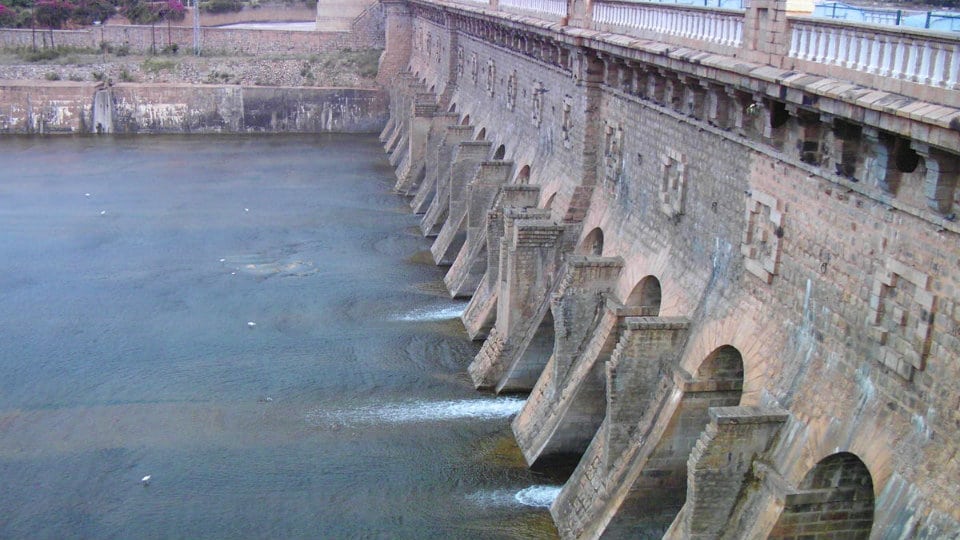Anticipating drinking water crisis in Bengaluru this summer, the State Government is putting in place a contingency plan to draw water from the dead storage of Krishna Raja Sagar (KRS) reservoir at an estimated cost of Rs. 40 crore.
A High-Level Meeting of Irrigation Officials on Feb. 21 discussed the possibility of pumping the dead storage water at KRS, if the need arose, to meet Bengaluru’s drinking water needs.
Speaking to reporters, Water Resources Minister M.B. Patil indicated his Dept. may be left with no option but to resort to “rationing of water” to BWSSB, in the wake of depleting water levels at Cauvery reservoirs, especially KRS and Kabini.
“With the present storage in KRS, the water needs of Bengaluru could be met up to May. However, the authorities anticipated a shortage in peak summer. Officials are constantly monitoring the availability of water in KRS. They are favouring utilisation of dead storage in case of emergency,” he said. The dead storage is 4.4 tmcft in KRS.
Authorities are also planning to announce water rationing, which would mean restricting the supply of water to once in three days. “Implementation of the Mekedatu project would be the only long-term answer to quench thirst of the growing city in the days to come,” he said.
SCARY STATISTICS: Meanwhile, a data published by the Union Ministry of Water Resources, River Development & Ganga Rejuvenation has revealed that water levels in all the reservoirs, except Krishna basin, over the last three years stand abysmally low this year. In fact, since 2014, this is the first time that reservoirs across Karnataka have reached such low water levels owing to failure of rains, according to the Union Government.
As per figures made available by the Union Ministry (till Sept. 2016), as against the total storage capacity of 1.163 Billion Cubic Metres (BCM), KRS currently has 0.316 BCM. The latest data as on Feb. 19, 2017, by the Karnataka State Natural Disaster Monitoring Centre (KSNDMC), presents a scarier picture. KRS has only 5.69 Thousand Million Cubic (TMC) of water as against 45.05 TMC feet of total live storage capacity, Hemavathy has only 3.41 TMC feet as against 35.76 TMC feet of water.








Recent Comments